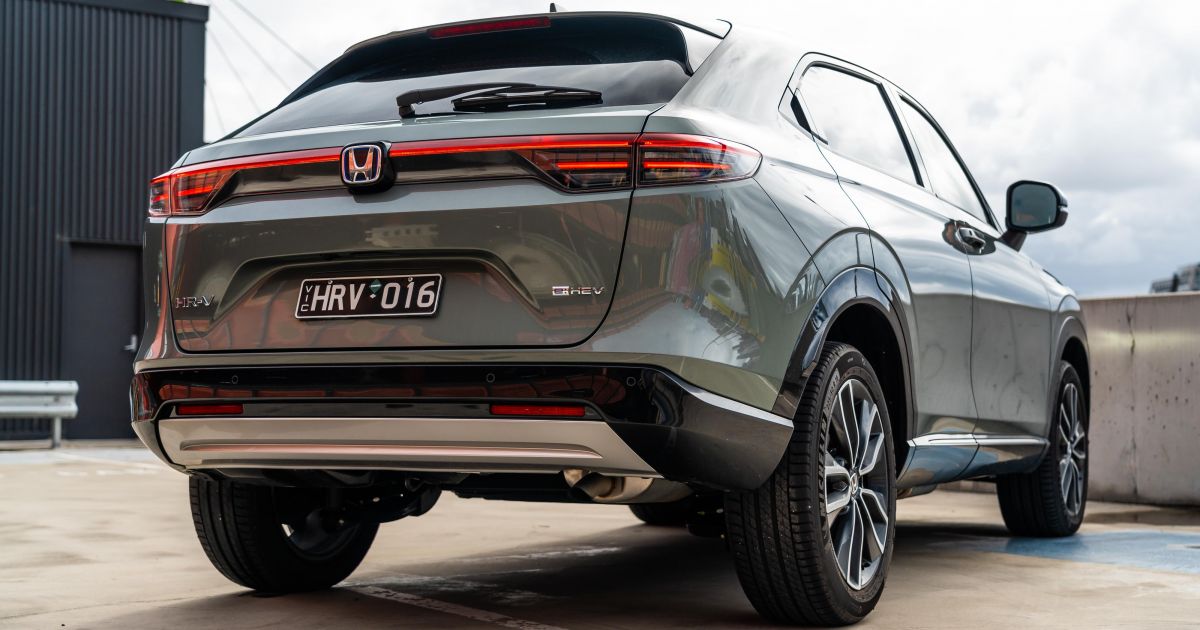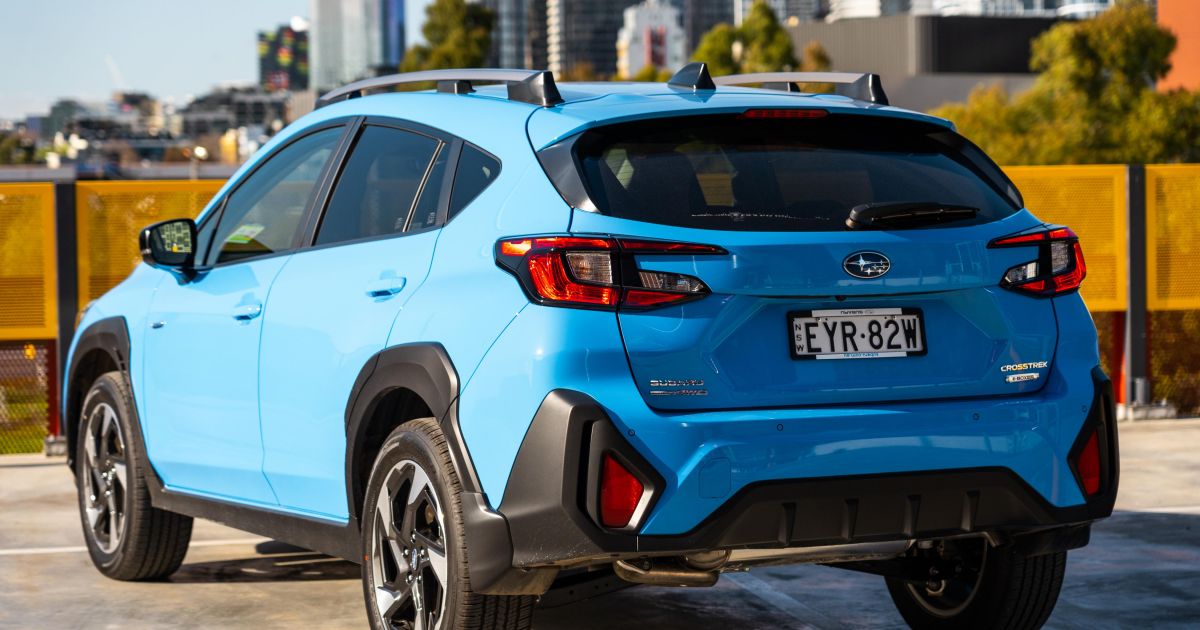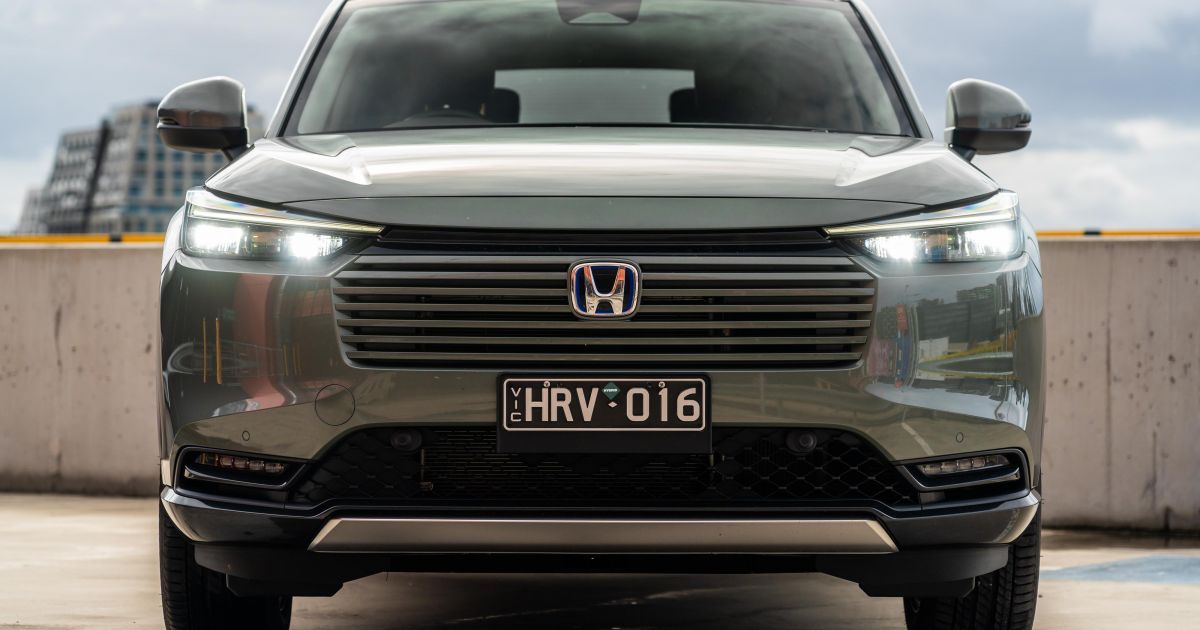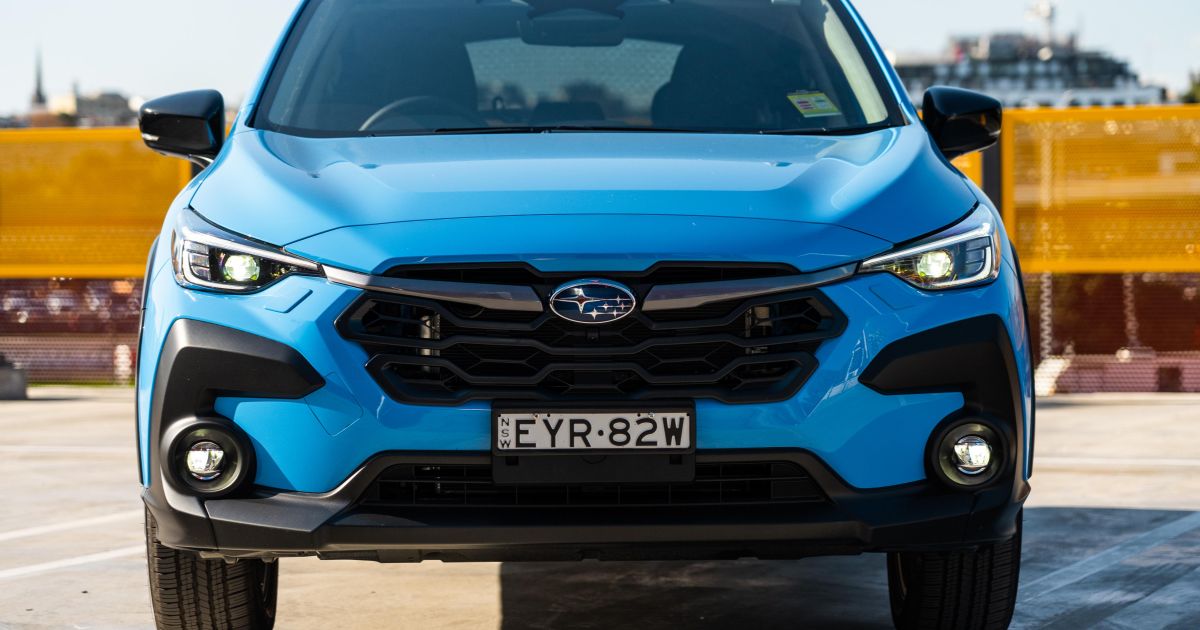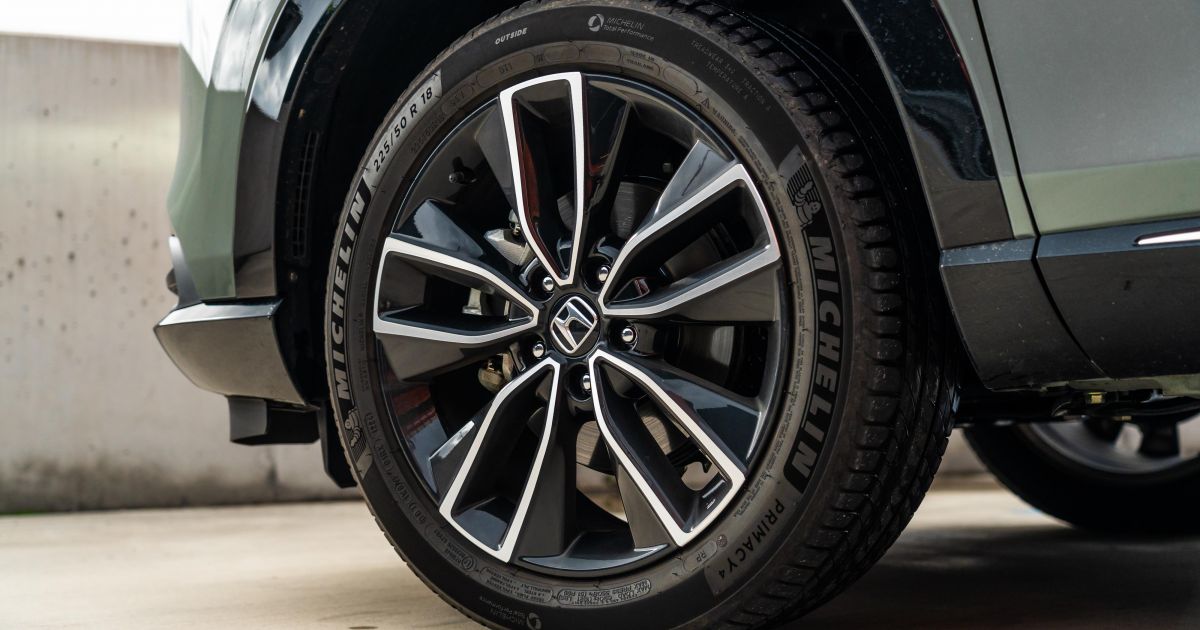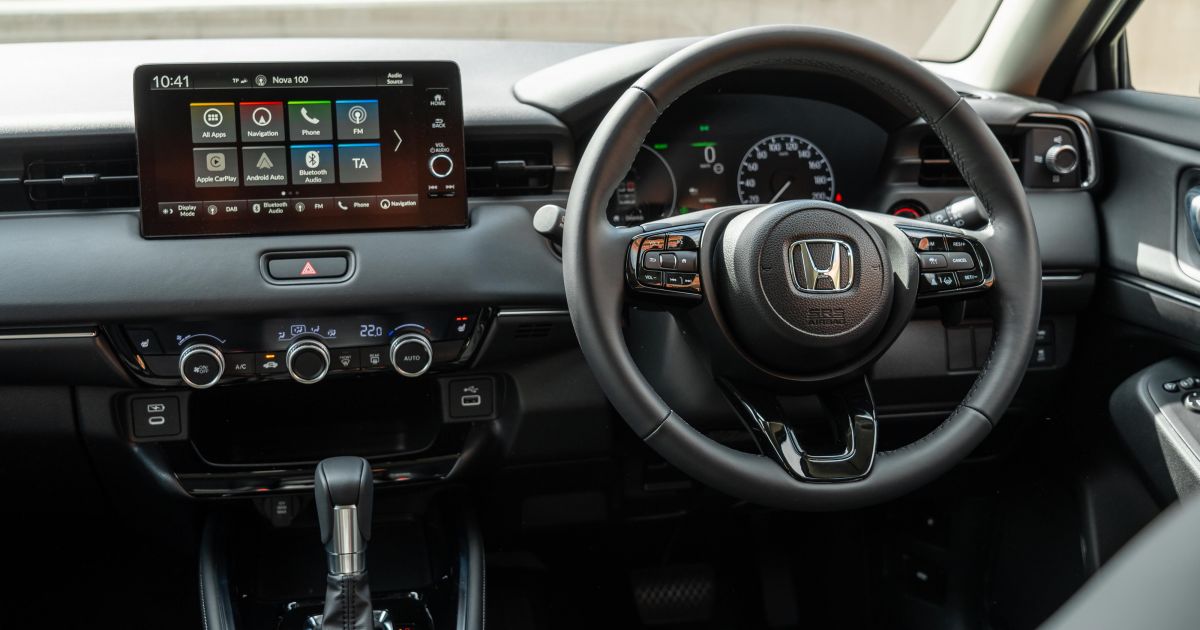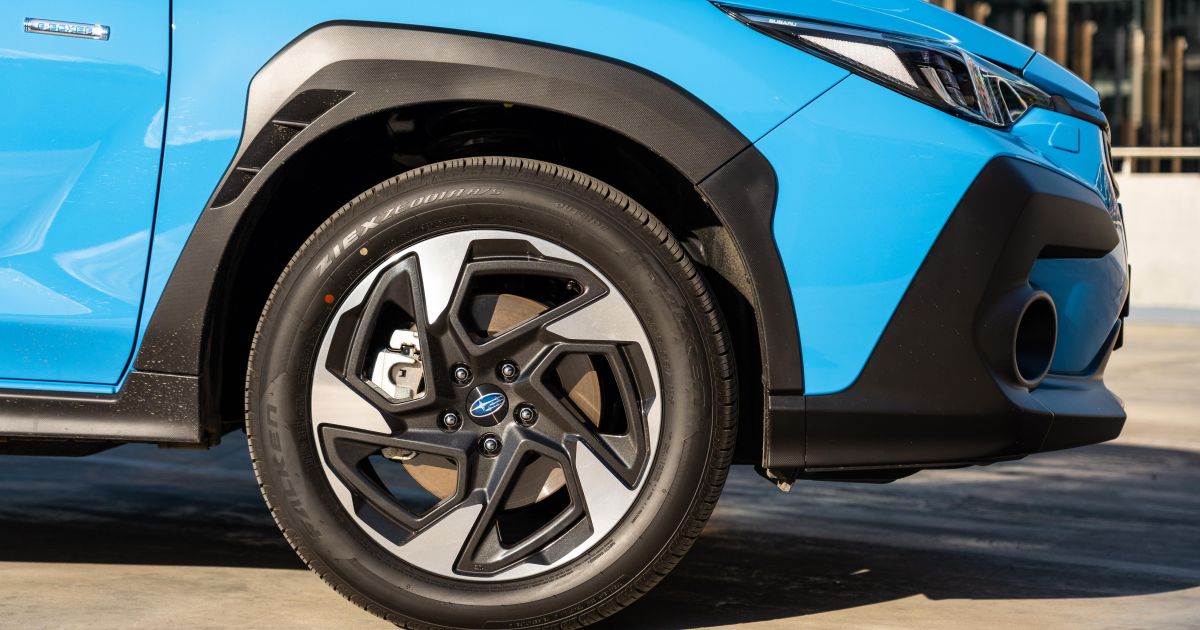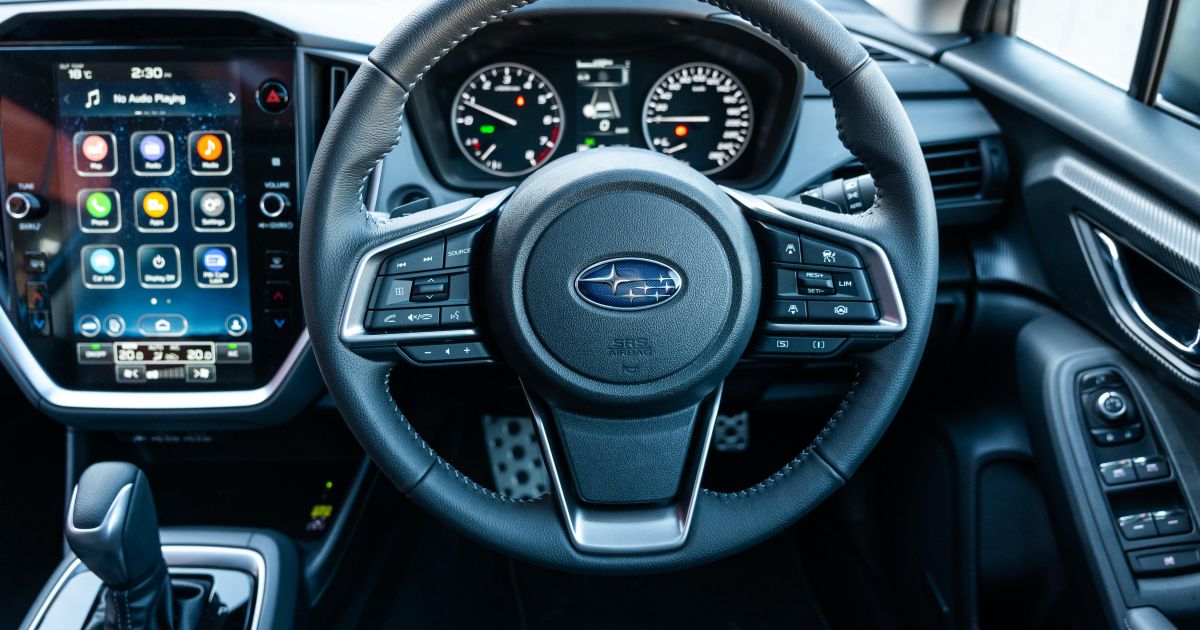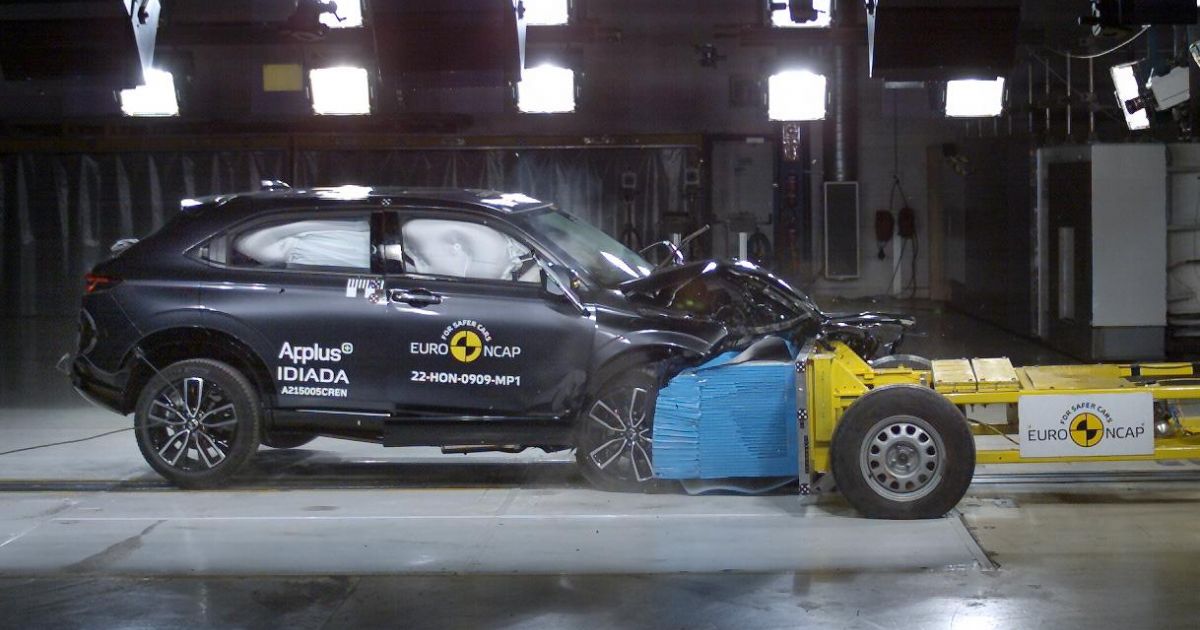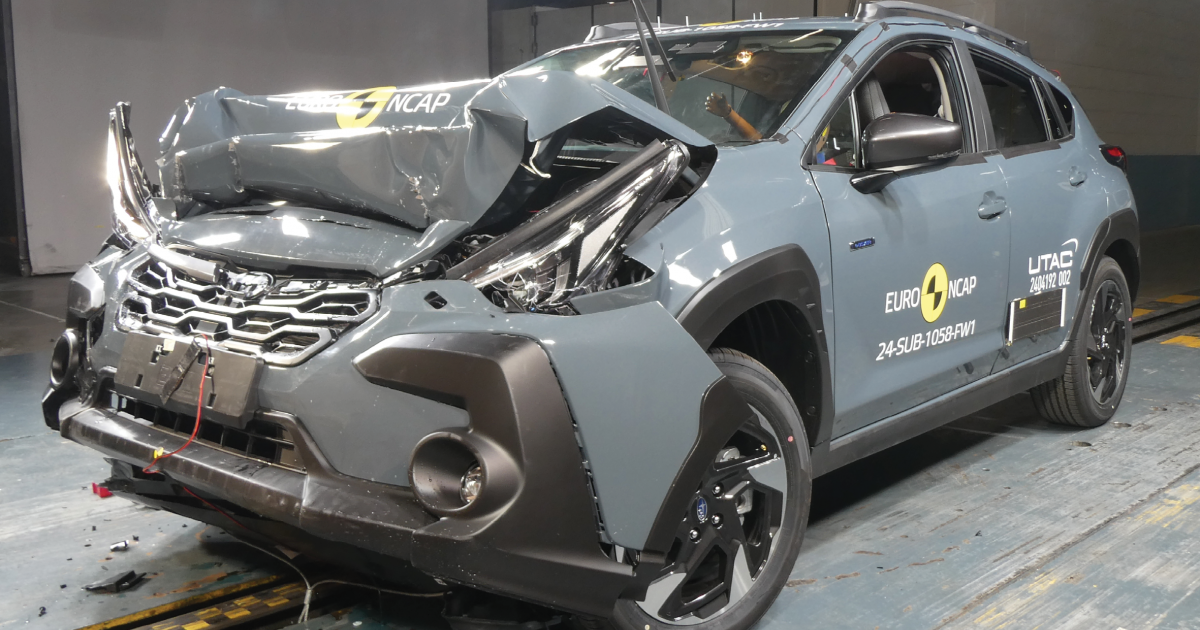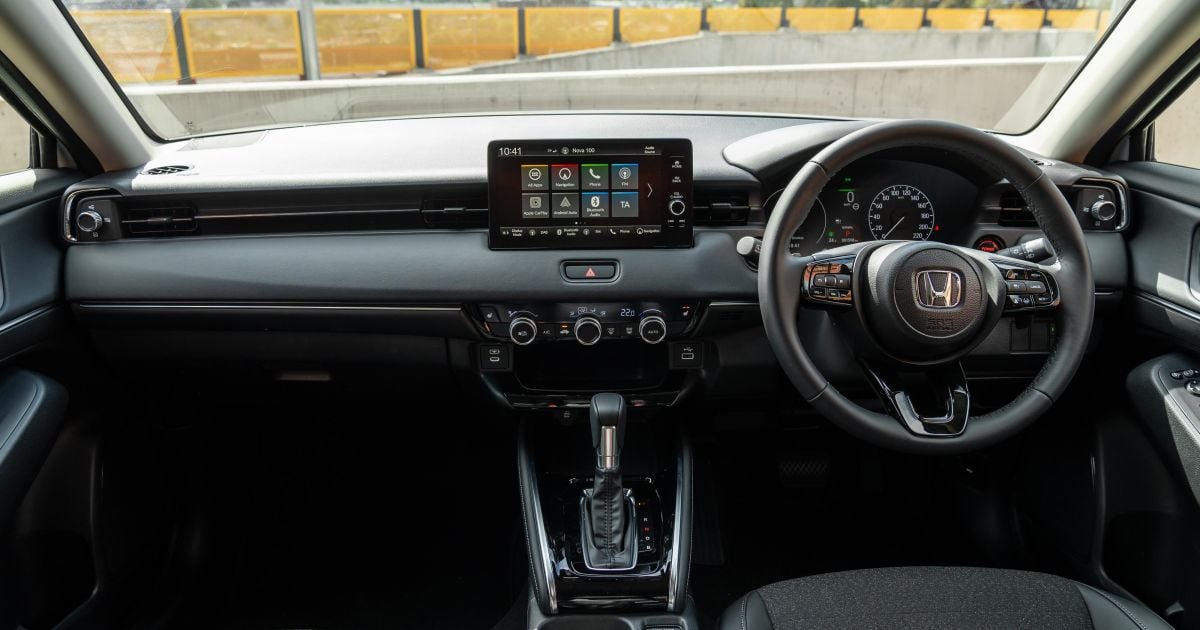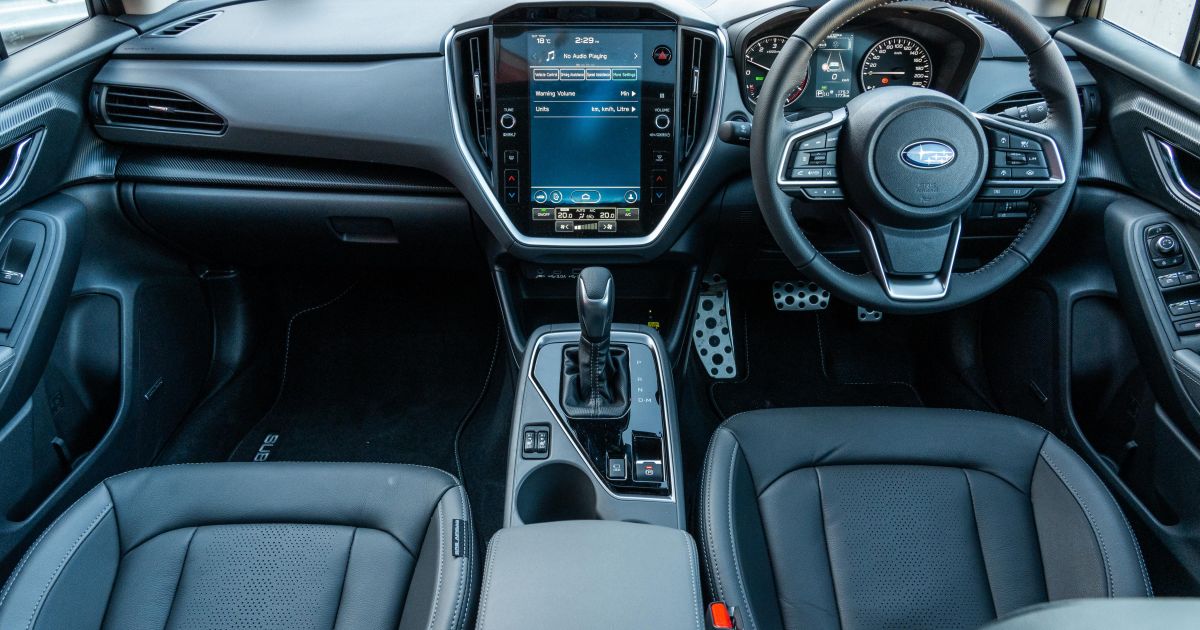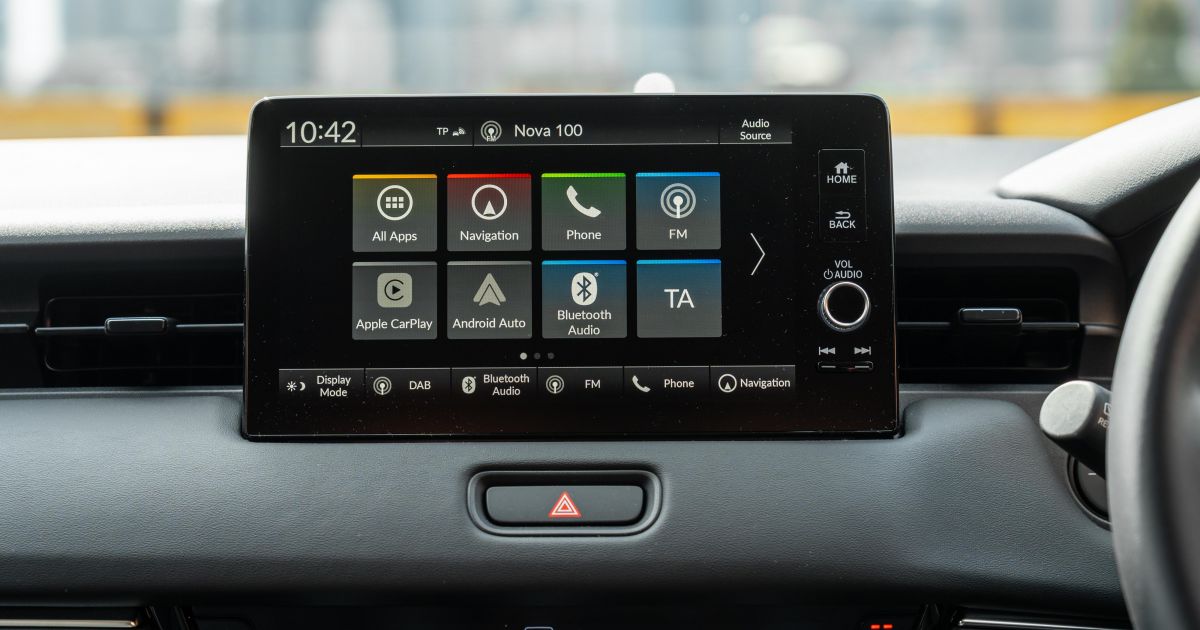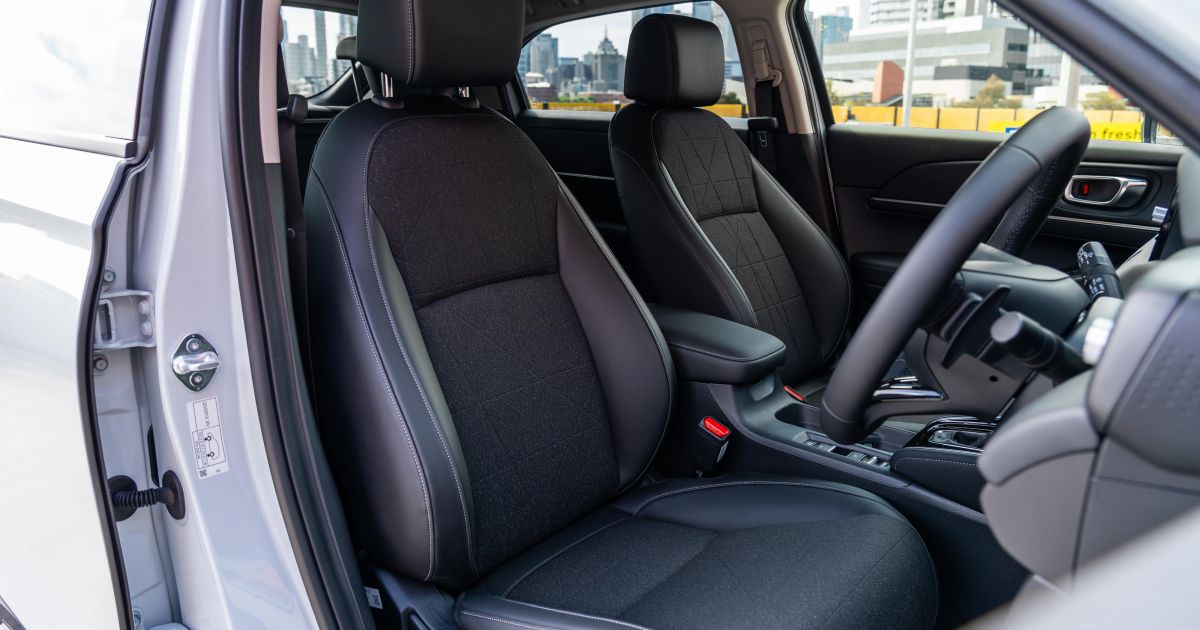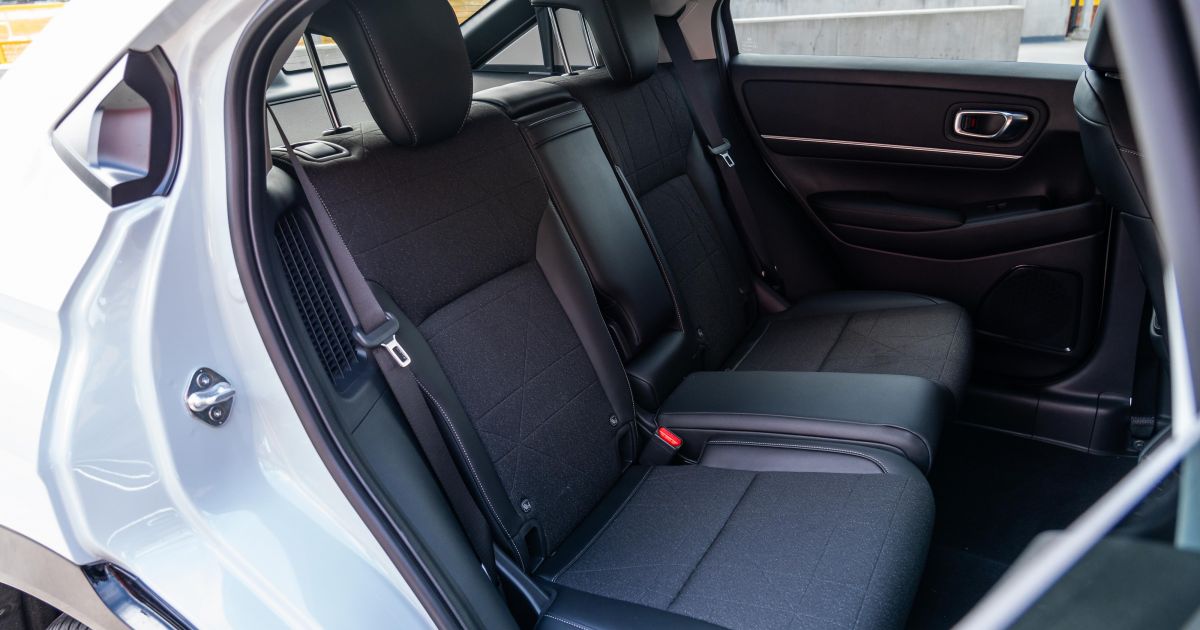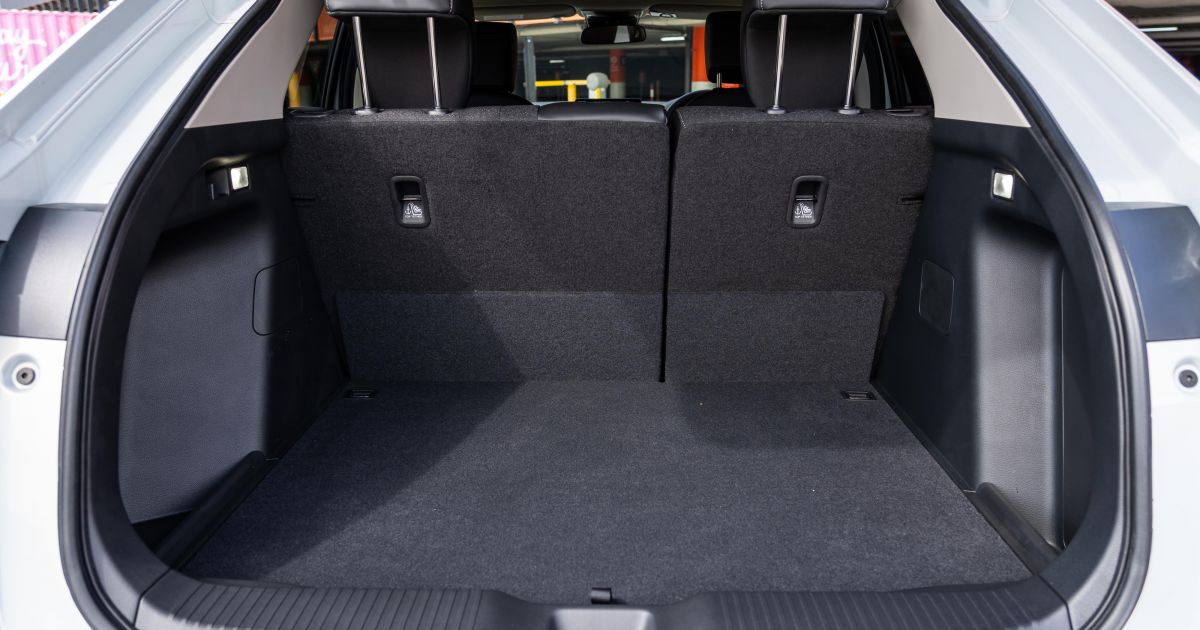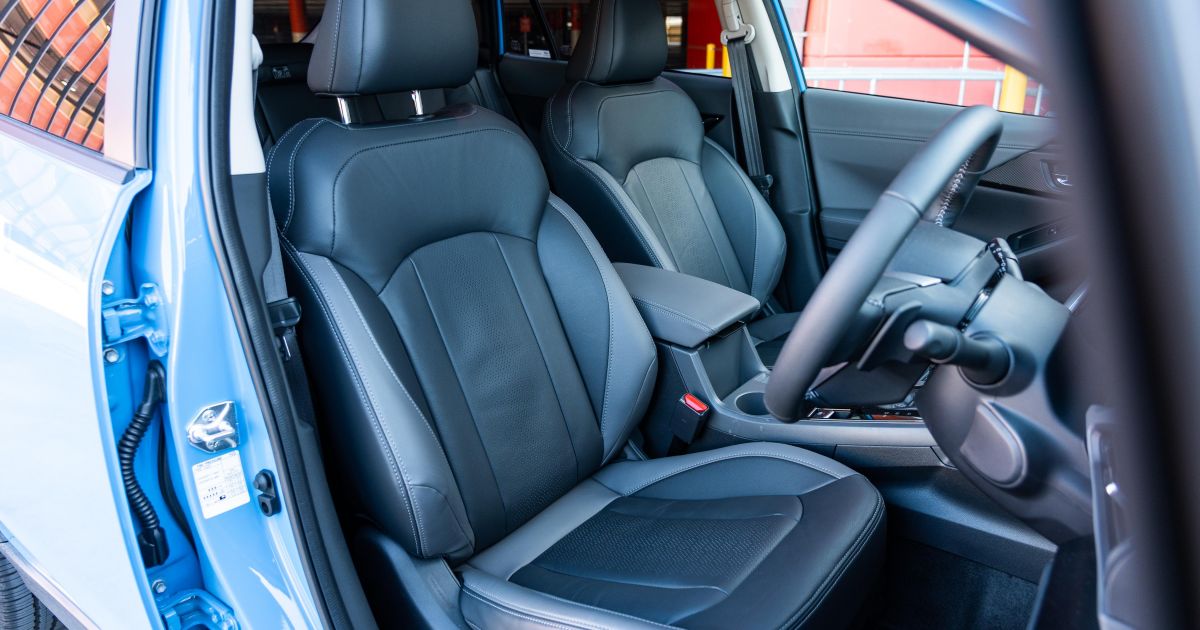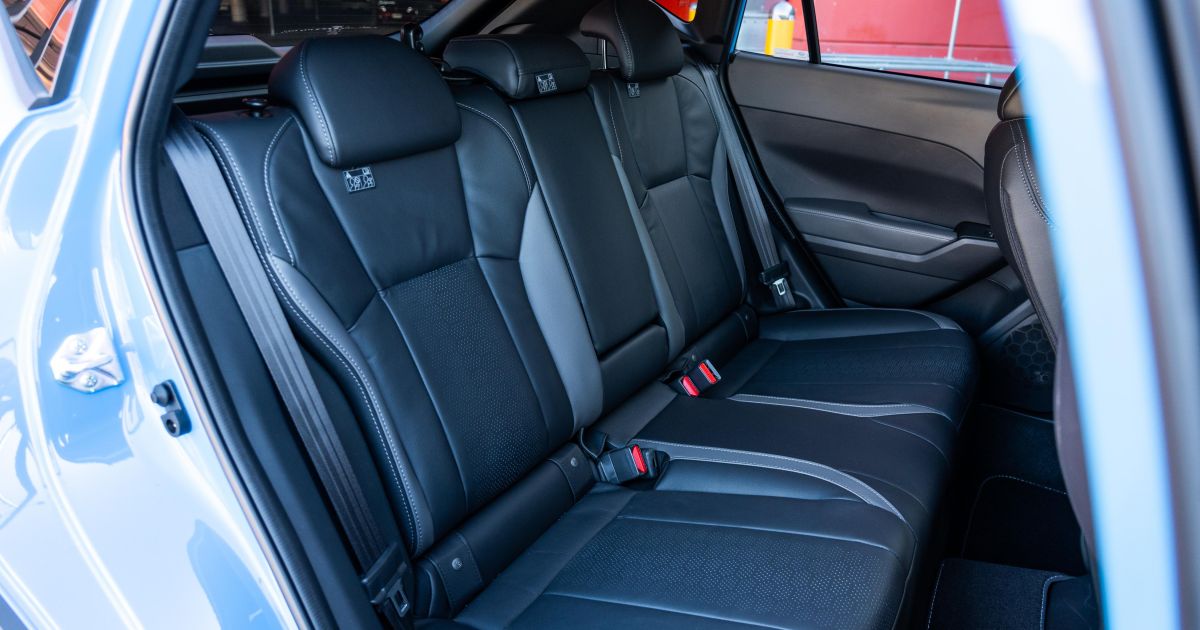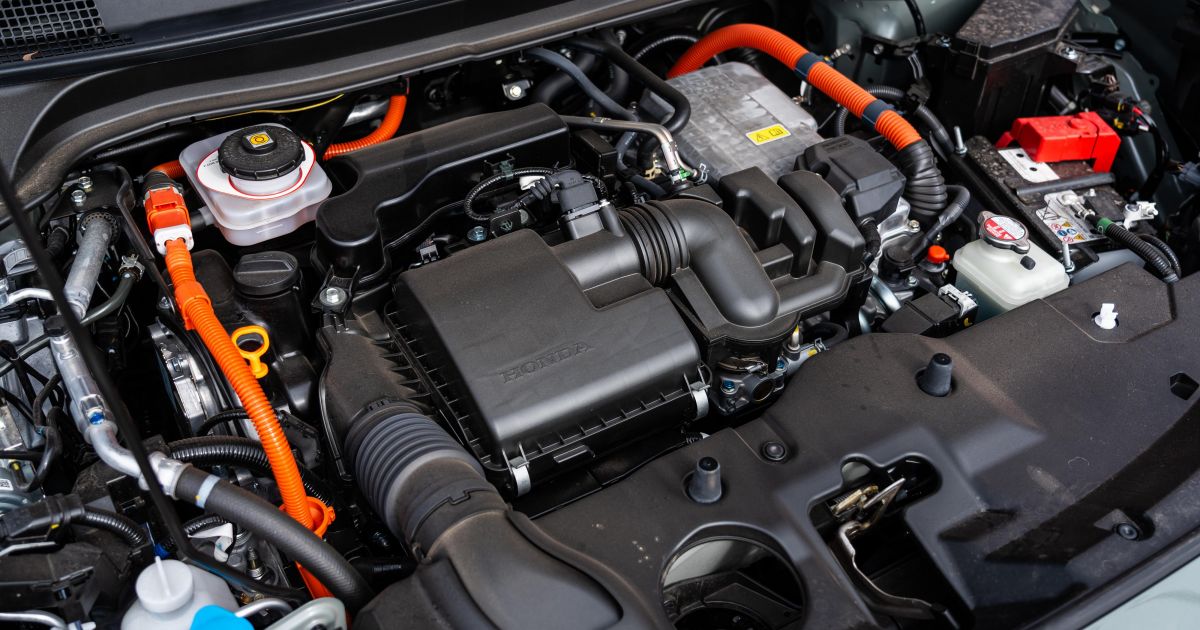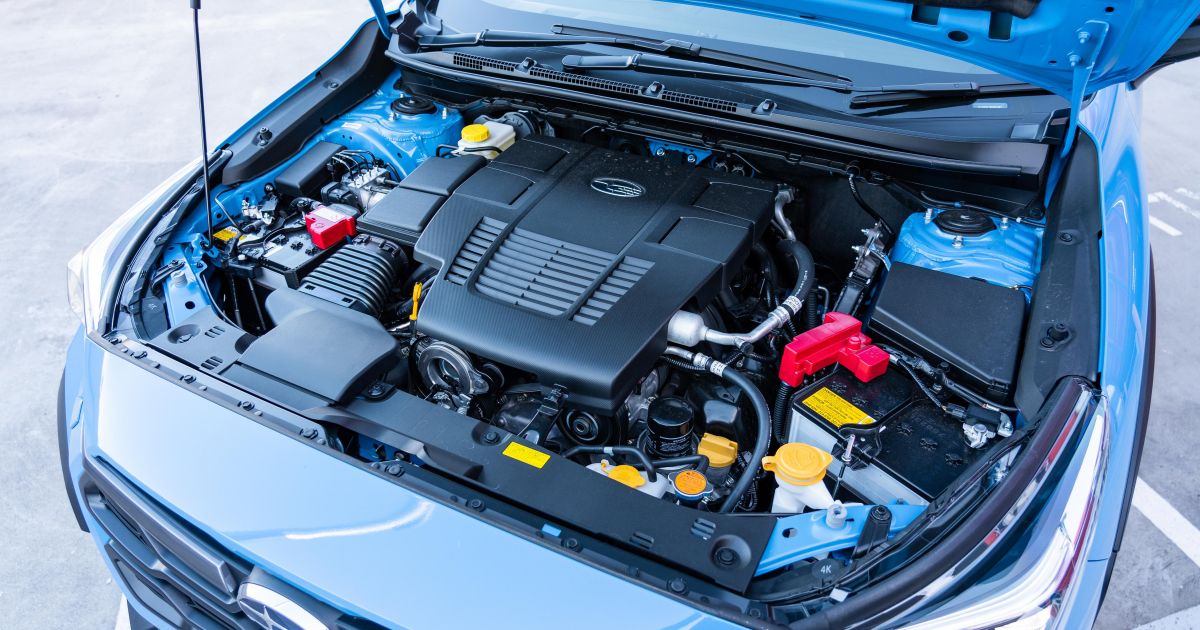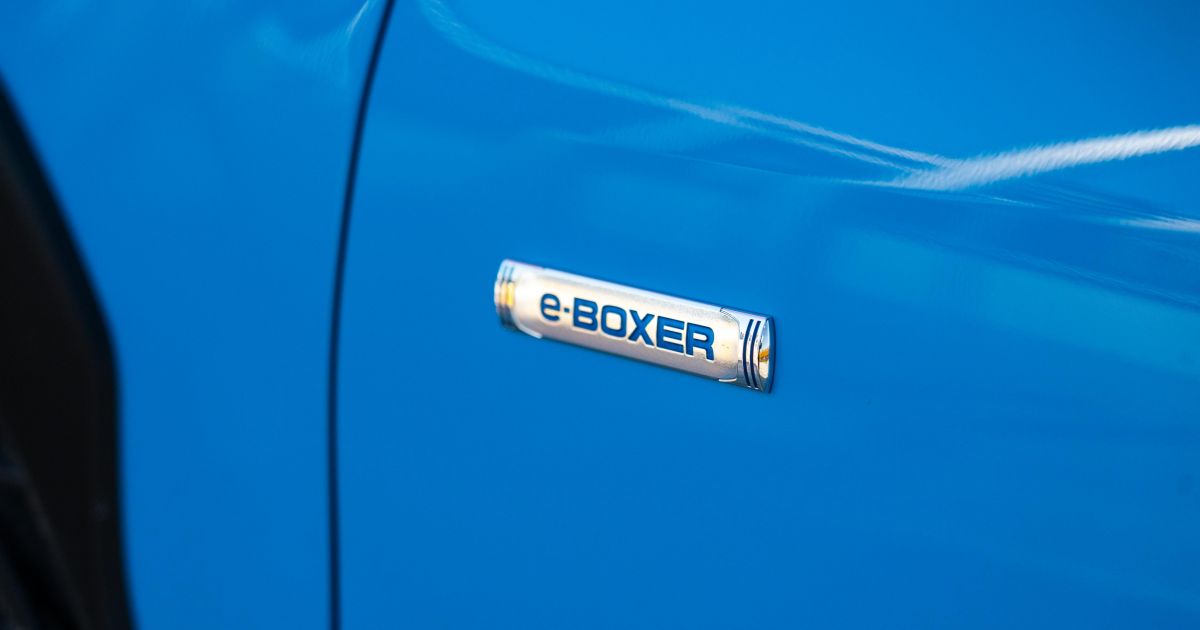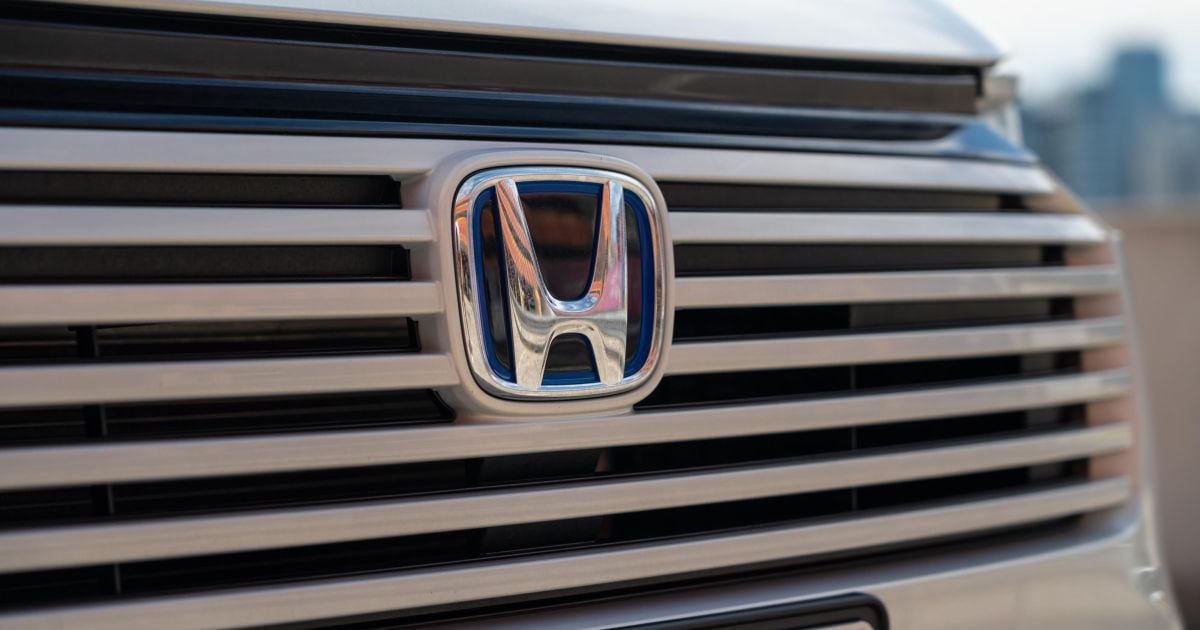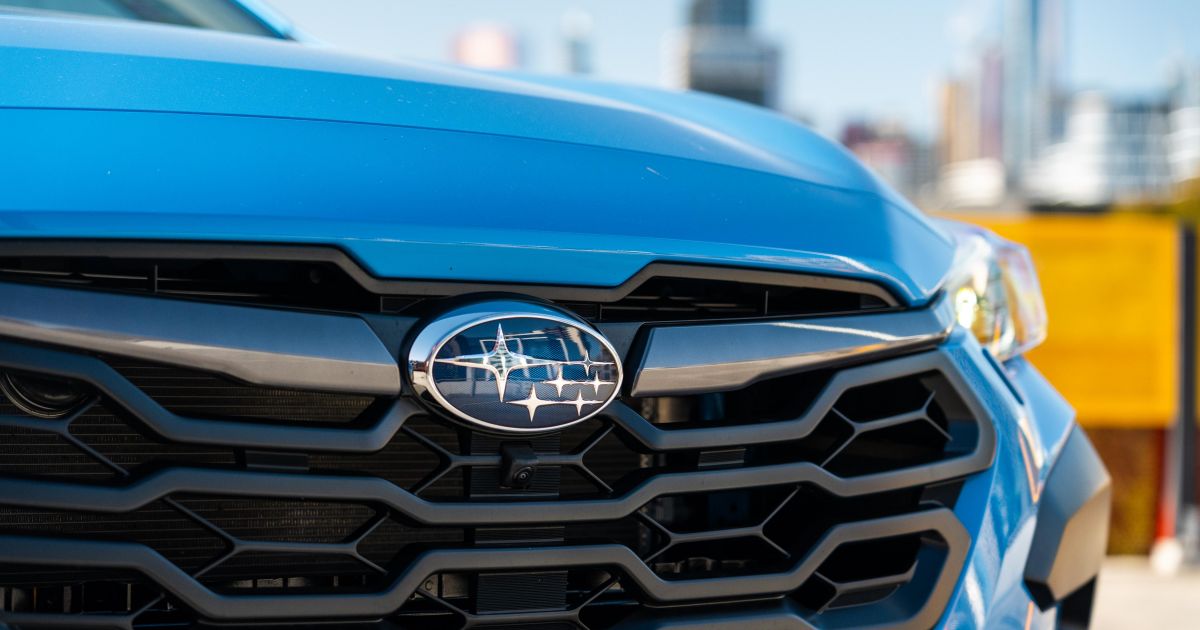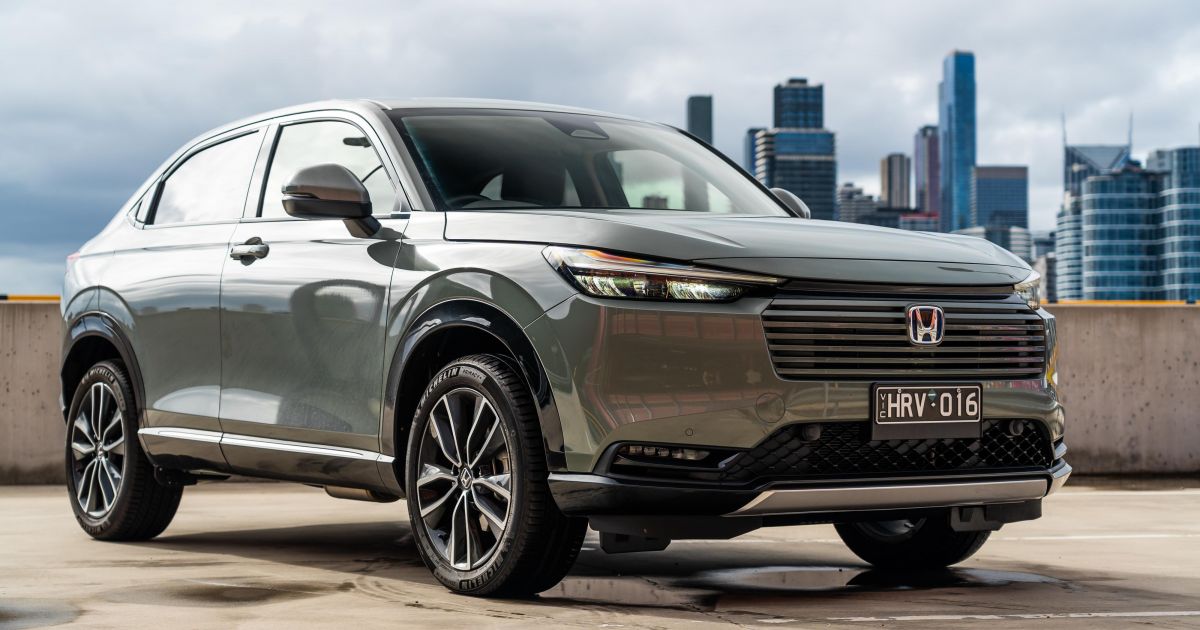Small SUVs are big business these days.
Almost every mainstream auto brand has a high-riding hatchback that promises more space and potential for adventure than a conventional suburban runabout, including these two – the Honda HR-V and Subaru Crosstrek.
The two Japanese automakers are arguably the early pioneers of crossover wagons with vehicles like the Subaru Outback, a vehicle which the smaller Crosstrek follows in the wheel tracks of, and the original Honda HR-V that launched almost 20 years ago as a funky three-door city car on stilts.
And now, through advances in fuel-saving technology, the HR-V and Crosstrek line up against each other with hybrid powertrains. So which one is better? Let’s take a look and find out…
How much?
These two might be considered small SUVs, but both command a large chunk of change as the flagship variants in their respective model lineups.
The HR-V e:HEV X costs $42,990 drive-away, which is a $3000 premium over the lower grade HR-V L variant.
The Crosstrek Hybrid S comes with a considerably higher sticker price of $45,590 plus on-road costs. A closer match on price is the lower-grade L, which costs $39,090 plus on-roads, but it misses out on some key features and luxuries.
To see how the Honda HR-V stacks up against its rivals, check out our comparison tool
What do you get?
With both of these vehicles positioned as their respective range-toppers, they come with as much standard equipment as Honda and Subaru can throw at them.
The extensive list of features on both vehicles includes:
- LED headlights and tail-lights
- 18-inch alloy wheels
- Dual-zone climate control
- Power windows
- Privacy glass
- Keyless entry with push-button start
- Heated front seats
- Synthetic leather trim
- Embedded satellite navigation
- Wireless Apple CarPlay
- Android Auto
- Bluetooth connectivity
- DAB+ digital radio
While the Subaru misses out on the HR-V’s powered tailgate, it picks up a few additional features such as a glass sunroof, power-adjustable driver’s seat, 10-speaker Harmon Kardon audio (compared to six in the Honda) and a wireless phone charger.
To see how the Honda HR-V stacks up against its rivals, check out our comparison tool
Are they safe?
The Subaru Crosstrek scores higher than the HR-V in independent safety testing, with a maximum five-star ANCAP rating from 2024 compared to the Honda’s four-star result from 2022.
Both cars, however, feature a comprehensive array of advanced driver aids, including:
- Automated emergency braking (AEB)
- Forward collision warning
- Lane departure warning
- Lane keeping assistance
- Adaptive cruise control
- Traffic jam assist
- Rear cross traffic alert
- Reversing camera
- Rear parking sensors
- Tyre pressure monitoring
- Blind spot monitoring
The Subaru goes a little further with its latest Eyesight suite of features that adds facial recognition software for driver fatigue management, and has a 360-degree reverse parking display.
To see how the Honda HR-V stacks up against its rivals, check out our comparison tool
What are they like inside?
The Subaru Crosstrek is a fraction larger than the Honda HR-V in every exterior dimension, but Honda does an amazing job of interior packaging and both of these small SUVs offer generous space inside for small families.
| Dimensions | Honda HR-V e:HEV L | Subaru Crosstrek Hybrid S |
|---|---|---|
| Length | 4345mm | 4495mm |
| Width | 1790mm | 1800mm |
| Height | 1590mm | 1600mm |
| Wheelbase | 2610mm | 2670mm |
| Cargo capacity | 304L | 315L |
It must be noted though that the HR-V is technically only a four-seater with room for just two across the rear bench seat, whereas the Subaru has a more traditional three-person rear seat configuration.
It also has slightly more cargo carrying capacity too, but the HR-V’s ‘magic seats’ can be configured in 18 different settings, giving it added flexibility to carry larger, and taller, items.
As for the rest of the cabin, both are fairly dark with a predominantly black colour palette, but both offer plenty of headroom and an excellent range of adjustment for the driving position to suit all types.
The Honda’s dash layout is a little more conservative with a horizontal bar that runs through the middle, separating the floating tablet-style 9.0-inch touchscreen from a bank of physical controls for the climate control system below, with a traditional gear selector, twin cupholders and a covered bin in the centre console.
The infotainment system has a logical menu structure with large widgets that are easy to identify, as well as a rotary dial to adjust the volume and shortcut buttons for the homepage and to go back one step.
The front seats are super comfortable with sumptuous cushioning and good lateral support, and the materials and build quality are impressive.
There’s more room in the back seat than you’d imagine for such a small car, and rear occupants are treated to good comfort levels with plenty of legroom, plus excellent vision through the large windows, rear vents, twin USB-C power outlets and a fold-down centre armrest with cupholders.
The Subaru’s interior is a match for material and build quality, and overall comfort, with great front seats that offer plenty of adjustment, an array of convenient small-item storage spaces, and a collection of physical buttons for easy access to often-used functions like the audio and climate control temperature.
And its larger 11.6-inch portrait-style touchscreen is excellent, with a familiar mobile phone-style layout to its menu structure.
But the back seats are a little flatter and it does miss out on rear vents, which might be a bit taxing for rear occupants on longer trips.
To see how the Honda HR-V stacks up against its rivals, check out our comparison tool
What’s under the bonnet?
Both the Honda HR-V and Subaru Crosstrek are powered by a conventional series-parallel hybrid system that links a petrol engine with a small electric motor powered by a battery pack to improve fuel consumption.
| Specifications | Honda HR-V e:HEV L | Subaru Crosstrek Hybrid S |
|---|---|---|
| Engine | 1.5-litre inline four-cylinder petrol | 2.0-litre flat four-cylinder petrol |
| Engine outputs | 78kW / 131Nm | 100kW / 182Nm |
| Electric motor outputs | N/A | 12.3kW / 66Nm |
| System outputs | 96kW / 253Nm | N/A |
| Battery | 1.1kWh lithium-ion | 1.1kWh lithium-Ion |
| Transmission | CVT automatic | CVT automatic |
| Drive type | FWD | AWD |
| Weight | 1382kg | 1586kg |
| Fuel economy (claimed) | 4.3L/100km | 6.5L/100km |
| Fuel tank capacity | 40L | 48L |
| Fuel requirement | 91-octane unleaded | 91-octane unleaded |
| CO2 emissions | 98g/km | 147g/km |
| Braked tow capacity | N/A | 1270kg |
But therein lies almost all of their similarities, as the Honda has a lean-burning 1.5-litre petrol engine, while the Subaru has a larger 2.0-litre horizontally opposed four-cylinder ‘boxer’ engine.
Sure, both of them employ a continuously variable automatic transmission and a lithium-ion battery with the same 1.1kWh capacity, but the Honda has two electric motors sandwiched inside the transmission and drives the front wheels only, while the Subaru has a single electric on the back of its gearbox and retains Subaru’s hallmark all-wheel drive layout.
Interestingly, Honda doesn’t publish the power output of its electric motors separately and Subaru doesn’t provide a combined system output. But the end result is largely the same, with the the HR-V producing 96kW of power and 253Nm of torque, compared to the Subaru’s 100kW/182Nm outputs.
Both are tuned to run on the most affordable 91 RON standard unleaded, but the Honda must push significantly less mass (it weighs over 200kg less) and can use its electric motors more often, shutting down the petrol engine for short periods at cruising speeds, which makes it more efficient.
Honda claims the HR-V has combined fuel consumption of 4.3L/100km, whereas the Subaru is only marginally better than non-hybrid versions of the Crosstrek with a claimed average of 6.5L/100km.
To see how the Honda HR-V stacks up against its rivals, check out our comparison tool
Cost of ownership
Your hip pocket will be even happier with the HR-V over the long term when it comes to maintenance costs.
| Servicing and Warranty | Honda HR-V e:HEV L | Subaru Crosstrek Hybrid S |
|---|---|---|
| Warranty | 8 years, unlimited kilometres | 5 years, unlimited kilometres |
| Roadside assistance | 8 years (service activated) | 12 months |
| Service intervals | 12 months or 10,000km | 12 months or 15,000km |
| Capped-price servicing | 5 years | 5 years |
| Average annual service cost | $199 | $484.89 |
| Total capped-price service cost | $995 | $2424.45 |
Honda is currently offering an extended eight-year warranty with free roadside assistance across its entire SUV range, including all variants of the HR-V.
This compares to the standard five-year, unlimited-km warranty for the Subaru, which only includes the first year of roadside assistance for free.
On top of that, the Crosstrek will cost more than twice as much to service over the first five years, even though its service intervals have higher 15,000km annual mileage limits than the HR-V.
To see how the Honda HR-V stacks up against its rivals, check out our comparison tool
CarExpert’s Pick
If you’re looking for a top-quality small family SUV, you can’t go wrong with either of these.
Both of these cars are among the best in their class for quality, reliability, driving dynamics and overall comfort.
The Subaru Crosstrek Hybrid S has a couple of advantages in this contest, and that’s its ability to seat five, its all-wheel drive traction and better safety rating. But it comes with a considerable cost penalty, as does its electrified powertrain compared to cheaper non-hybrid variants which, in reality, doesn’t add much for the premium.
Which leaves us with the HR-V e:HEV L as the better option here – just! It’s more affordable to buy, as well as more comfortable, quieter and more efficient to drive, and offers better long-term ownership benefits.
Interested in buying a Honda HR-V? Let CarExpert find you the best deal here
Interested in buying a Subaru Crosstrek? Let CarExpert find you the best deal here
Click the images for the full gallery

